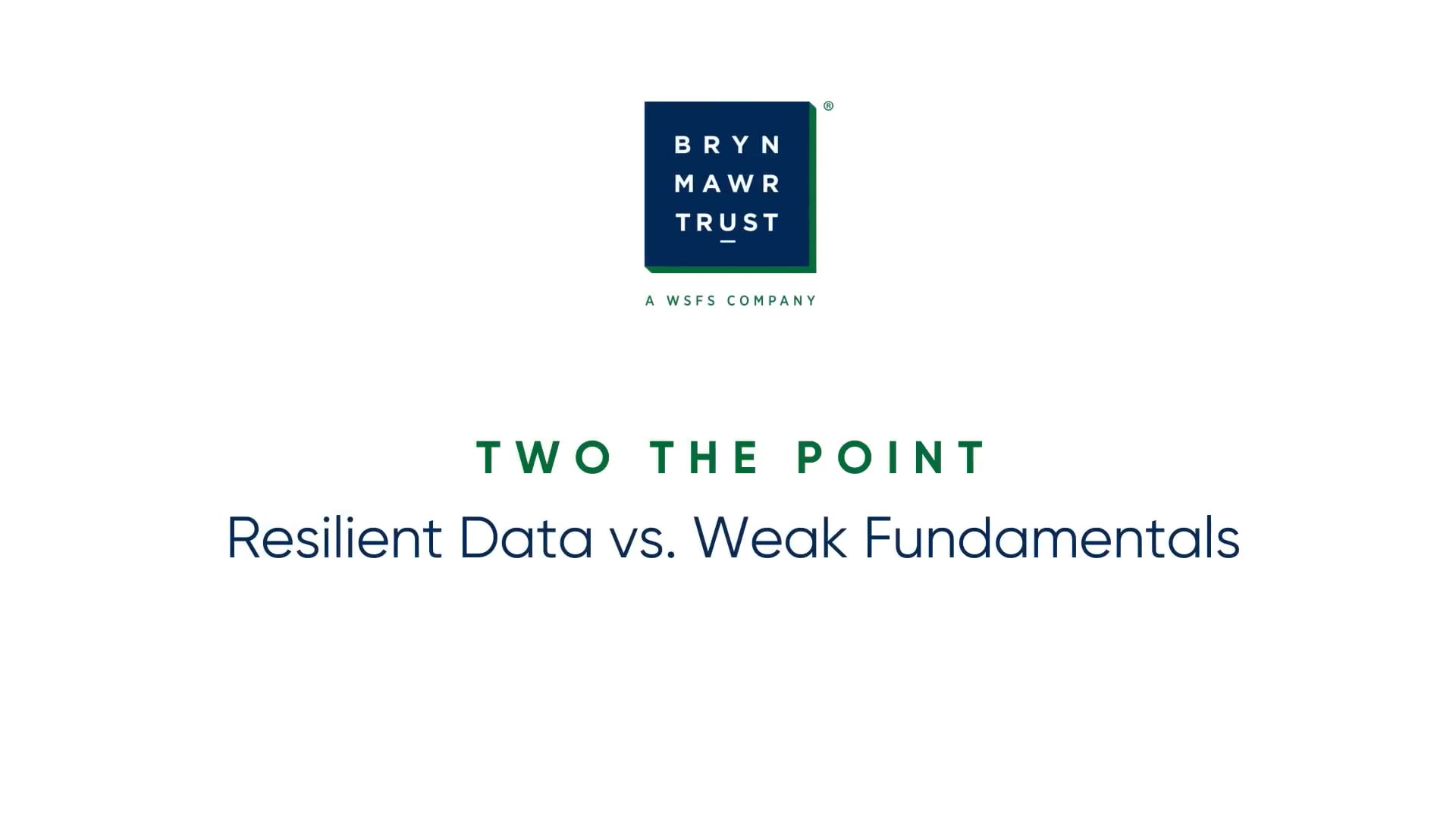Social Security Changes in 2025: What You Need to Know

The Social Security Administration (SSA) has announced significant changes for 2025, reflecting ongoing efforts to adjust the program in response to inflation, wage growth, and evolving economic conditions. These updates include a higher cost-of-living adjustment, revisions to the earnings test thresholds, and increases in maximum benefits.
Here’s a comprehensive look at the major updates.
Cost-of-Living Adjustment (COLA)
One of the most anticipated changes to Social Security each year is the COLA, which aims to preserve beneficiaries’ purchasing power amid rising prices. For 2025, Social Security beneficiaries will receive a COLA of 2.5%, a response to moderate inflation rates in 2024.
The COLA is based on the Consumer Price Index for Urban Wage Earners and Clerical Workers (CPI-W) for the prior year’s third quarter. While inflation has eased compared to recent high rates, prices for essential goods like healthcare, housing, and food continue to climb. This adjustment ensures that retirees and other beneficiaries maintain financial stability.
For the average retiree receiving $1,800 per month in 2024, the 2.5% increase will result in a monthly benefit of approximately $1,845, providing an additional $540 throughout 2025.
Earnings Test Limits
Social Security imposes an earnings test on beneficiaries who claim benefits before reaching their full retirement age (FRA) and continue to work. In 2025, the earnings test thresholds have been raised to reflect wage growth.
- For individuals below FRA: The annual earnings limit will rise to $23,400, up from $22,320 in 2024. If earnings exceed this amount, $1 is withheld from benefits for every $2 earned above the limit.
- For individuals reaching FRA in 2025: The earnings limit increases to $62,160, up from $59,520 in 2024. In this case, $1 is withheld for every $3 earned above the threshold but only for earnings in the months before reaching FRA.
Once a beneficiary reaches FRA, the earnings test no longer applies, and withheld benefits are recalculated and paid out over time.
Maximum Social Security Benefits
The maximum possible Social Security benefit for high earners will also increase in 2025. This reflects changes to the taxable wage base and adjustments for average wage growth.
- At FRA: The maximum monthly benefit for someone retiring at FRA will rise to $4,018 from $3,822 in 2024.
- For those delaying benefits: Individuals who delay claiming benefits until age 70 can receive even higher payments due to delayed retirement credits, which increase benefits by 8% per year past FRA.
The maximum benefits are based on individuals consistently earning at or above the taxable earnings cap throughout their careers.
Taxable Earnings Cap
In 2025, the SSA will increase the maximum taxable earnings subject to Social Security payroll taxes. This cap rises to $176,100, up from $168,600 in 2024. Employees and employers each pay 6.2% in Social Security taxes on wages up to this limit, while self-employed individuals pay the combined rate of 12.4%.
This adjustment ensures that the Social Security trust fund receives adequate funding from high earners, helping to address long-term solvency concerns.
Program Sustainability
The updates for 2025 come amid continued discussions about the future of Social Security. Current projections suggest that the trust fund could face a shortfall by the mid-2030s if no changes are made to the system. These annual adjustments are vital for maintaining the program’s financial stability and supporting beneficiaries in the short term.
Lawmakers are exploring options to strengthen the system, such as raising the full retirement age, increasing payroll taxes, or modifying benefit formulas. While no major reforms are expected in 2025, beneficiaries should stay informed about potential legislative changes in the coming years.
Preparing for 2025
Understanding these changes is key to financial planning for current and future Social Security beneficiaries. These updates will affect your income and tax obligations whether you are nearing retirement, already receiving benefits, or still in the workforce.
- Plan for COLA adjustments: Use the COLA increase to reassess your monthly budget and savings strategy.
- Review earnings thresholds: If you plan to work while collecting benefits, stay within the earnings test limits to avoid reductions.
- Maximize your benefits: If feasible, consider delaying retirement to age 70, to take advantage of higher payouts.
By staying informed, beneficiaries can make the most of their Social Security benefits in 2025 and beyond.
Source: https://www.ssa.gov/



